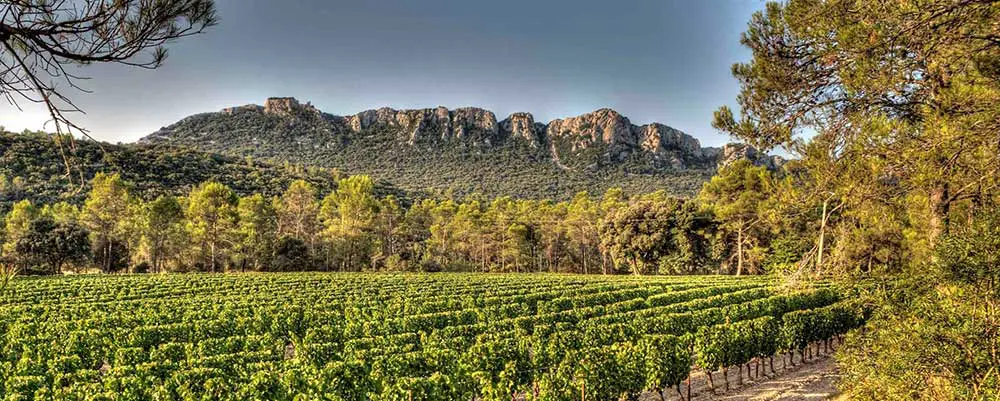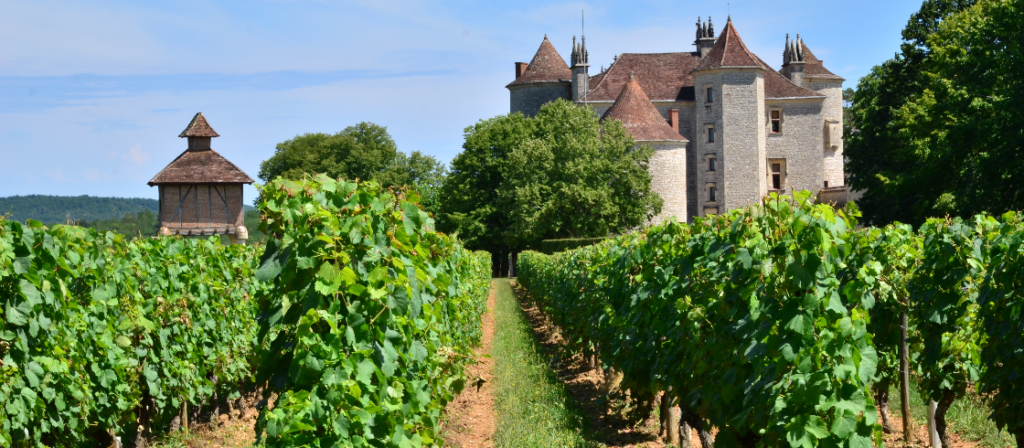The wine scene is constantly evolving. Today, emerging appellations are attracting the attention of wine professionals. These new terroirs are shaking up traditions and offering promising wines that rival those of the greatest regions.
Why sommeliers are interested in emerging appellations
Sommeliers are looking for originality. They want to offer their customers unique bottles. Emerging appellations allow them to think outside the box. These little-known wine-growing areas offer a wide range of aromas. Promising wines from these regions often offer excellent value for money. They allow professionals to surprise with rare and accessible discoveries. They are also strategic choices on the menus of Michelin-starred restaurants.
Languedoc and the rediscovery of its new terroirs

Long considered a land of mass-produced wines, the Languedoc is changing its image. Areas such as Faugères, Pic Saint-Loup and Terrasses du Larzac are gaining in notoriety. These new terroirs are seductive thanks to the diversity of their soils and the creativity of their winemakers. The Mediterranean climate, combined with altitude and winds, produces promising wines with a strong identity.
Savoie: a revival that inspires confidence
Once confined to mountain tables, Savoie is slowly making its mark on sommeliers' selections. Its native grape varieties, such as Jacquère, Altesse and Mondeuse, are making a strong comeback. Sommeliers appreciate these promising wines for their freshness and minerality. These emerging appellations are also benefiting from climate change, which is enabling grapes to ripen better.
Jura: between tradition and rediscovery
Jura is no longer a secret to connoisseurs. Its oxidative wines, such as Vin Jaune, are intriguing. More classic whites based on Savagnin or Chardonnay are also seductive. These new terroirs are finding a new audience thanks to natural winemaking methods. Sommeliers are promoting the authenticity of these emerging appellations on the menus of discerning restaurants.
The South-West: a land of exploration for sommeliers

Madiran, Jurançon, Gaillac and Marcillac are emerging from the shadows. These areas of the South-West are brimming with rare grape varieties and ancestral know-how. They produce promising wines, both red and white. The assertive character of these wines appeals to discerning wine lovers. The terroir, often marked by mountain or oceanic influences, forges powerful aromatic profiles.
Emerging appellations beyond borders
Sommeliers don't stop at the French regions. L'Germany with its Spätburgunder, Austria with Blaufränkisch, and Lebanon with Bekaa wines are gaining ground. These new terroirs offer unique taste experiences. They are enriching the menus of prestigious establishments with promising wines from varied climates and original grape varieties.
The role of winegrowers in the rise of these appellations
Pioneering winemakers play a key role in promoting these emerging appellations. Their commitment to organic or biodynamic viticulture reassures a demanding clientele. They often work in small plots, with controlled yields. Their artisanal approach brings to light promising, authentic and sincere wines. The result is a growing craze.
Responding to demand for more affordable wines
The price of classic grands crus rises every year. Sommeliers are looking for affordable quality alternatives. Emerging appellations are the perfect answer. These new terroirs offer balanced profiles that are easy to match with inventive cuisine. This broadens the range of wines available by the glass, while maintaining consistency of quality.
How sommeliers select promising wines
The choice is based on several criteria: terroir, vinification, style, gastronomic potential. Sommeliers taste, compare and discuss with winemakers. Promising wines must add a touch of originality without compromising balance. They must also accompany haute cuisine dishes without overpowering them.
Towards a more diversified future for wine lists
The rise of emerging appellations heralds a lasting evolution. Wine lists are becoming more international, more eclectic. Sommeliers are taking on the role of intermediaries between confidential terroirs and curious wine lovers. This phenomenon enriches the customer experience. It allows us to showcase the diversity of the world's vineyards while supporting passionate winemakers.
If you enjoyed this article, please read the following article "Wine and Michelin-starred cuisine: how do sommeliers choose the perfect pairings?"which may also be of interest to you!





